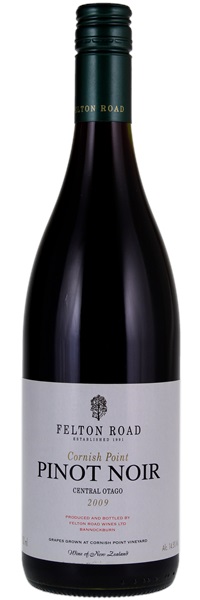Estimate

Immense and powerful, yet still extremely refreshing, a gorgeous mélange of wild blackberry, huckleberry and boysenberry pie...intensity builds on the finish, where the flavors glide on and on. Drink now through 2020. 56 cases imported. –MW
...particularly good this year...aromas of black cherries, warm cranberries, moss, beets, cinnamon, anise and...Mediterranean herbs. Full bodied...fine tannins texturing the mouth and the finish is long...should drink nicely to 2017.
...aromas of dark raspberry, chocolate and earth. Round, silky, ripe and concentrated...a deeper pitch to its raspberry and earth flavors. This large-scaled pinot finishes chewy and long, with serious but ripe tannins.